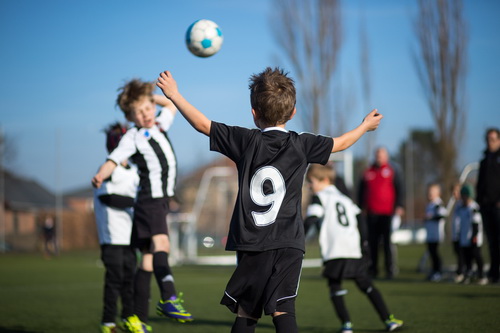Often, as a coach, you’ll encounter situations where you issue instructions to your team members but one or two members of your team fail to act. In such scenarios, you must be keen to distinguish between ignorance and an underlying disorder.
As a coach/teacher, you must get deep into the problem and be able to figure it out. Such knowledge will assist you to understand your team better, specifically the few young members who’ve problems listening or following directions.
First off, let’s see what Auditory processing disorder exactly is.
Auditory processing disorder
It’s a neurological dysfunction which affects how somebody processes auditory input. It may not necessarily be the inability to hear sounds but rather a slow sound input processing or difficulty differentiating between sounds either in background or foreground.
A glitch between the brain and ear could lead to the difficulty in making sense or understanding what the affected persons hear.
Several strategies can be implemented to deal with the condition. Here’s a look at some of them.
Bringing teammates together
It’s vital that a coach provides a positive first experience for the team members. Young people will always engage in a sport in order to have fun, socialize and stay fit. However, those with exceptionalities tend to be extra sensitive during the first contact.
Therefore, instructors should discreetly observe how peers relate with the affected students and then quickly address any issues involving bullying or exclusion.
Making it clear to the teammates the relevance of sharing as an effective tactic while at the same time highlighting the strengths of the affected player will motivate them and increase total interactions.
Visual Aid
In most cases, an athlete with APD will emerge as an excellent visual learner in what they are doing. Coaches should engage the affected persons by showing hand signals, pointing in a specific direction or just tugging on the person’s jersey.
This will not only call attention to the affected teammate, but also make the rest of the team quite more resilient soon as they face noisy environments.
As a perfect supplement to talking, non-verbal communication will assist the young players to enjoy and play the game better.
Knowing your team
Soon as a coach begins to work on an athlete with disorders such as APD, it’s important that they know the player and develop a profile of them based on their needs and strengths. Doing this early is an effective way to be familiar with their needs and what they aim to achieve in the sport.
Developing an inclusive environment
Functional exclusion normally happens when an athlete is part of a team but doesn’t receive the same treatment and opportunity his/her peers receive.
Instructors should thus train the affected student in an inclusive environment. Successful coaches have often recorded excellent results with affected athletes when they provide an inclusive environment with differentiated instructions.
Clear and concise instructions
A.P.D affected athletes tend to have challenges focusing their listening abilities for an extended time to hear a long or ambiguous instruction.
Coaches should thus provide detailed and clear feedback and instruction during the game, time-outs, training in order for them to understand better. However, one should be careful that the talk/conversation won’t call attention to the affected persons.
Other tactics that have proved effective and could as well be used by the instructors include:
• Offering non-judgemental feedback
• Fostering anticipation and awareness
• Loading drills purposefully
Conclusion
Successful integration of all the aforementioned tactics will assist the APD athletes to build confidence, get rid of stigma, work together and inspire future participation the sport.
Coaches should, therefore, expand their skill and knowledge and learn all the listed strategies so that they can become more confident and successful in their effort to assist APD athletes.
